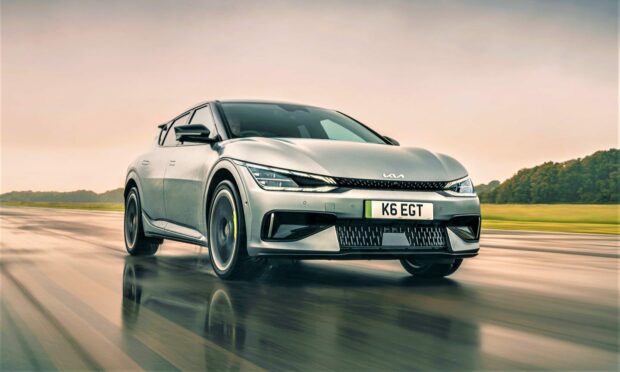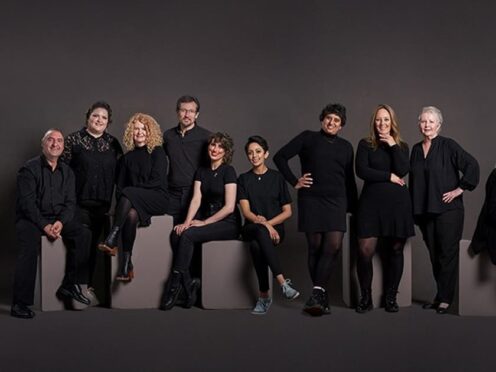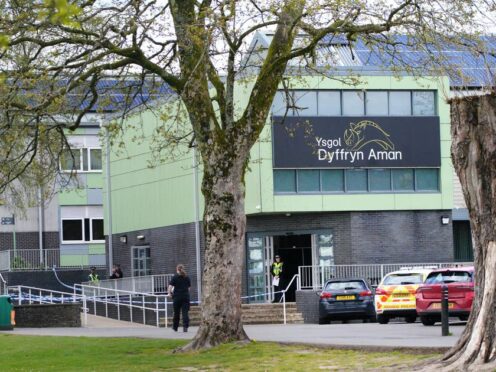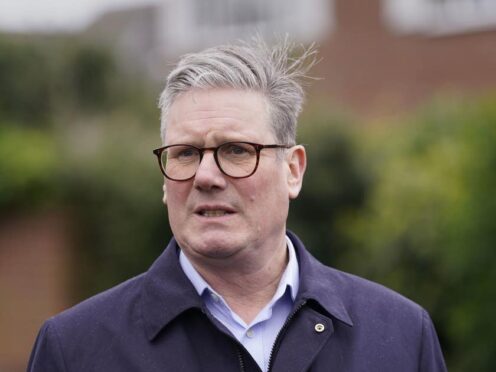A significant number of motorists have changed their driving habits in order to save money during the cost-of-living crisis, a new survey has highlighted.
Conducted by Kia, the study of 1,200 UK drivers found that 37% are now using their car less for short urban journeys while 37% have switched to walking or cycling ‘where possible’.
Overall, 19% of those surveyed said that they had cut back on non-essential item spending so that they can continue to use their cars as normal. However, this varies extensively between the UK’s regions, with 20% of Scots saying they have made cutbacks, compared with 33% of Londoners and 10% of those living in the West Midlands.
A third of those spoken to also pay more attention to where they refuel or recharge their car in order to do so more affordably. In addition, 28% of drivers are making more of an effort to plan out their journey to save fuel.
When it comes to being behind the wheel, 31% say that they are more mindful about their driving style to help increase efficiency, using less throttle and maintaining a lower speed than usual.
A much higher proportion of younger drivers have changed their style in this way, too, with 54% of 18-24-year-olds adapting how they drive compared with 26% for those aged 55-64.
Twenty-five per cent of respondents said that they had cut back on car journeys to see family and friends, with this trend highest among Londoners. Those living in Northern Ireland, meanwhile, are the least likely to say that they have reduced this type of car journey.
Of those with a petrol or diesel car, 52% said that they were now either ‘likely’ or ‘very likely’ to make the switch to an electric or hybrid vehicle when they next change their car.











Conversation